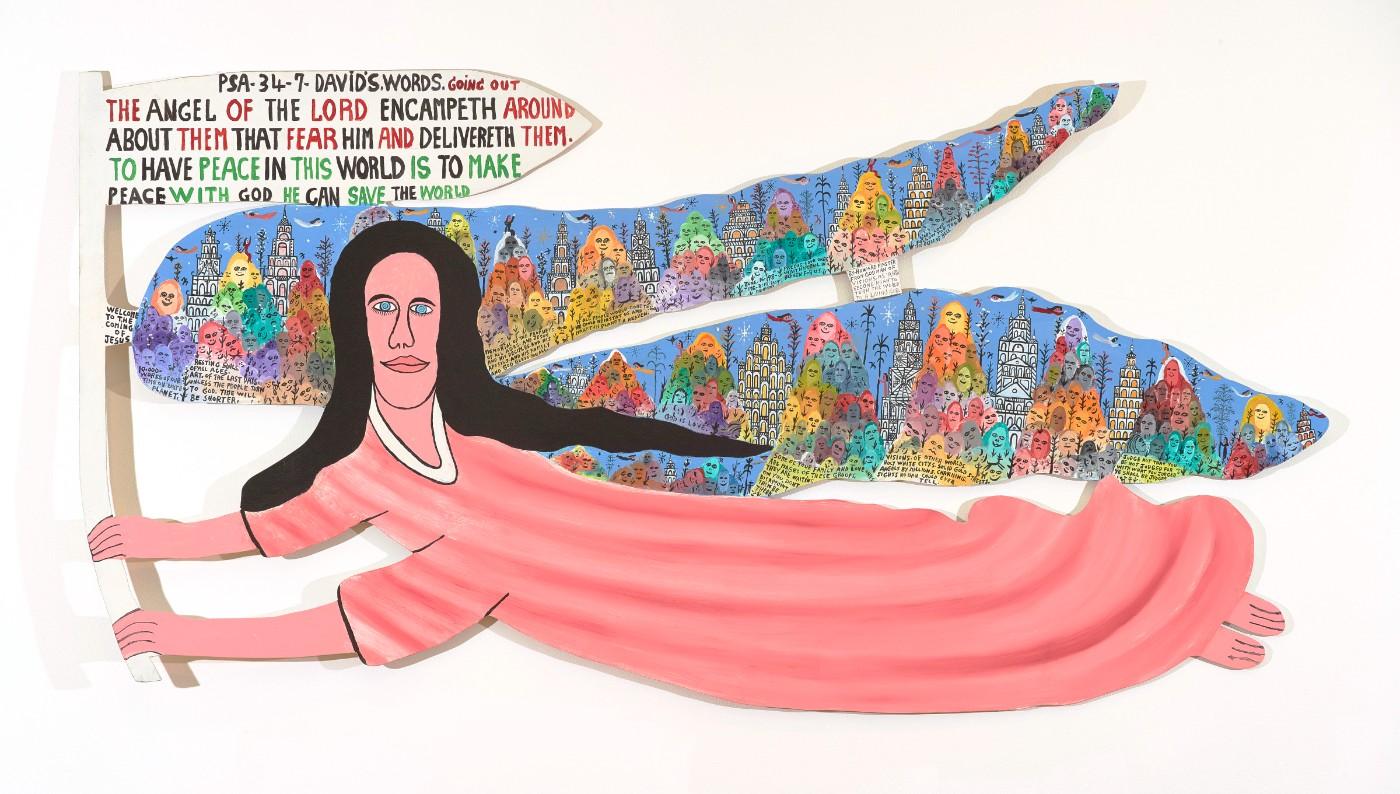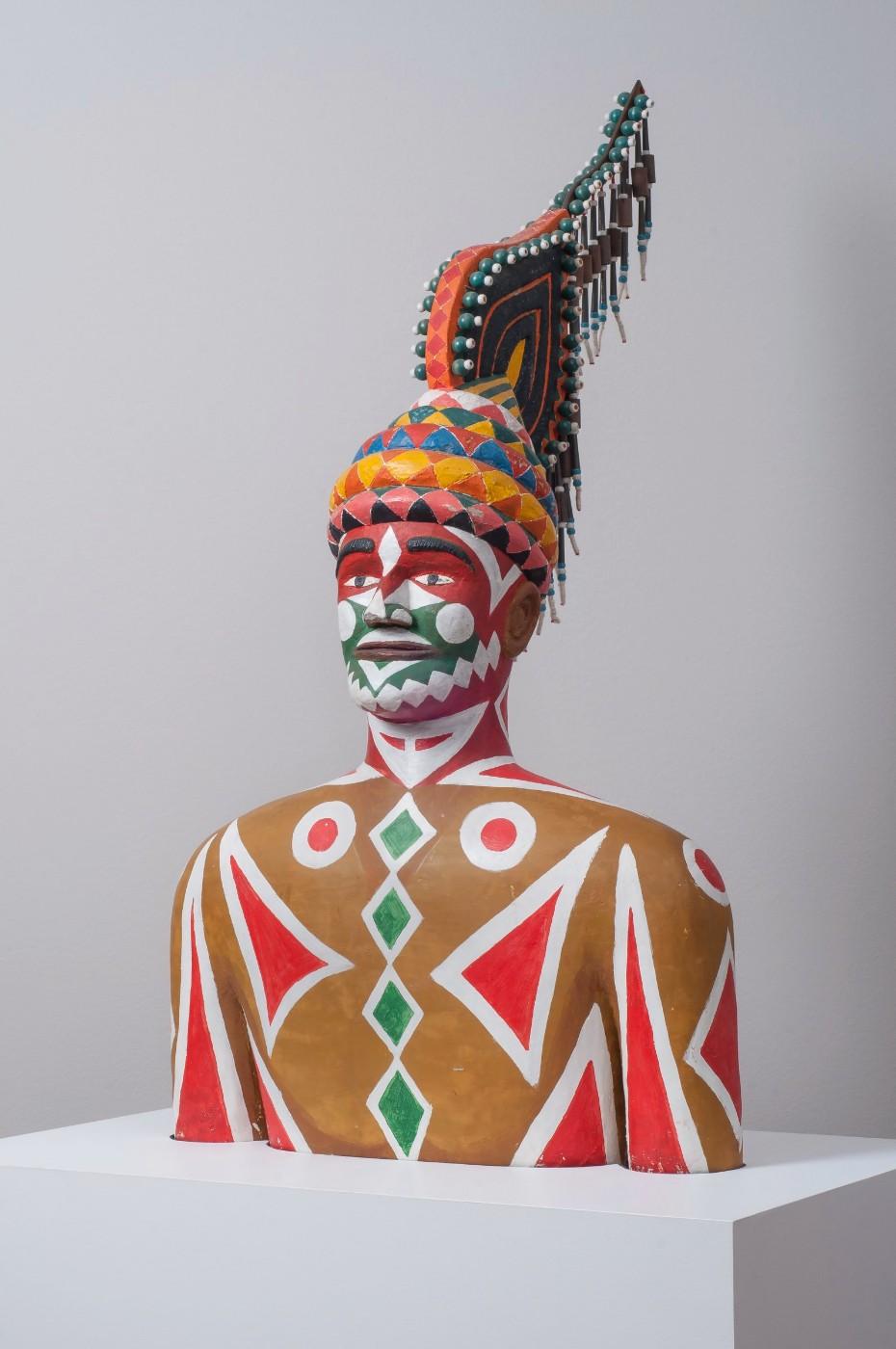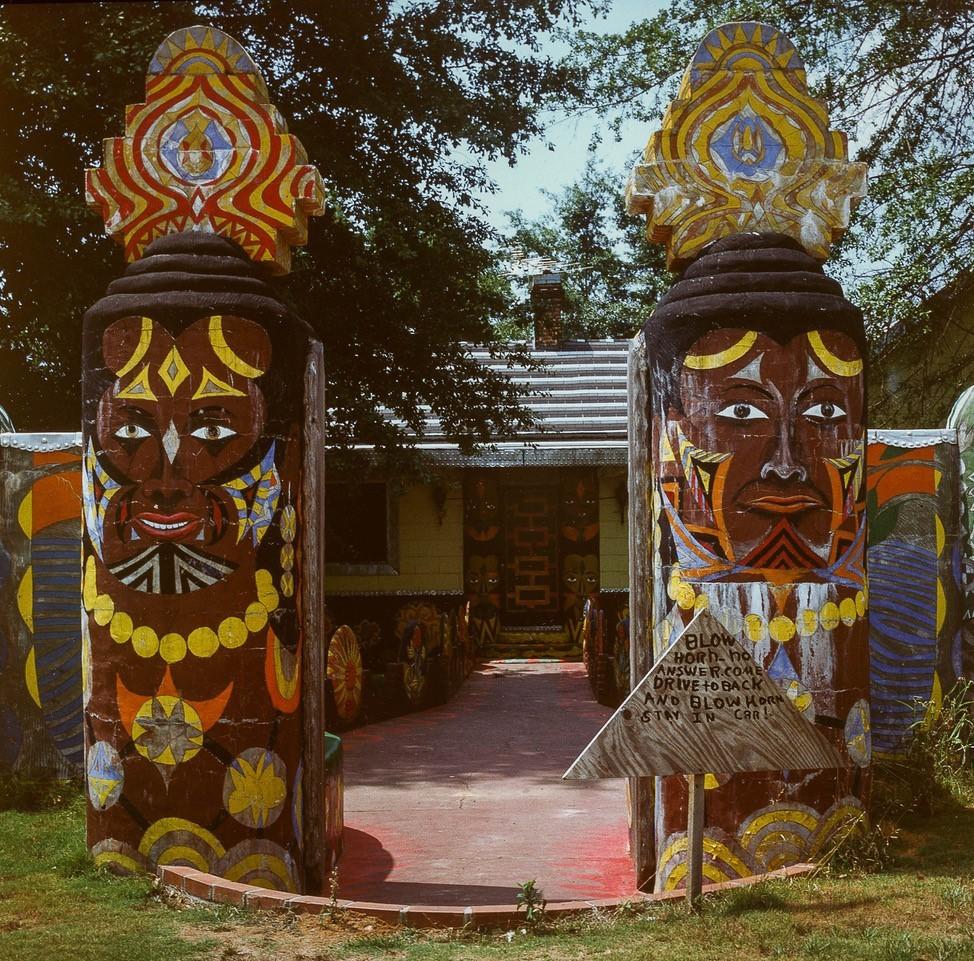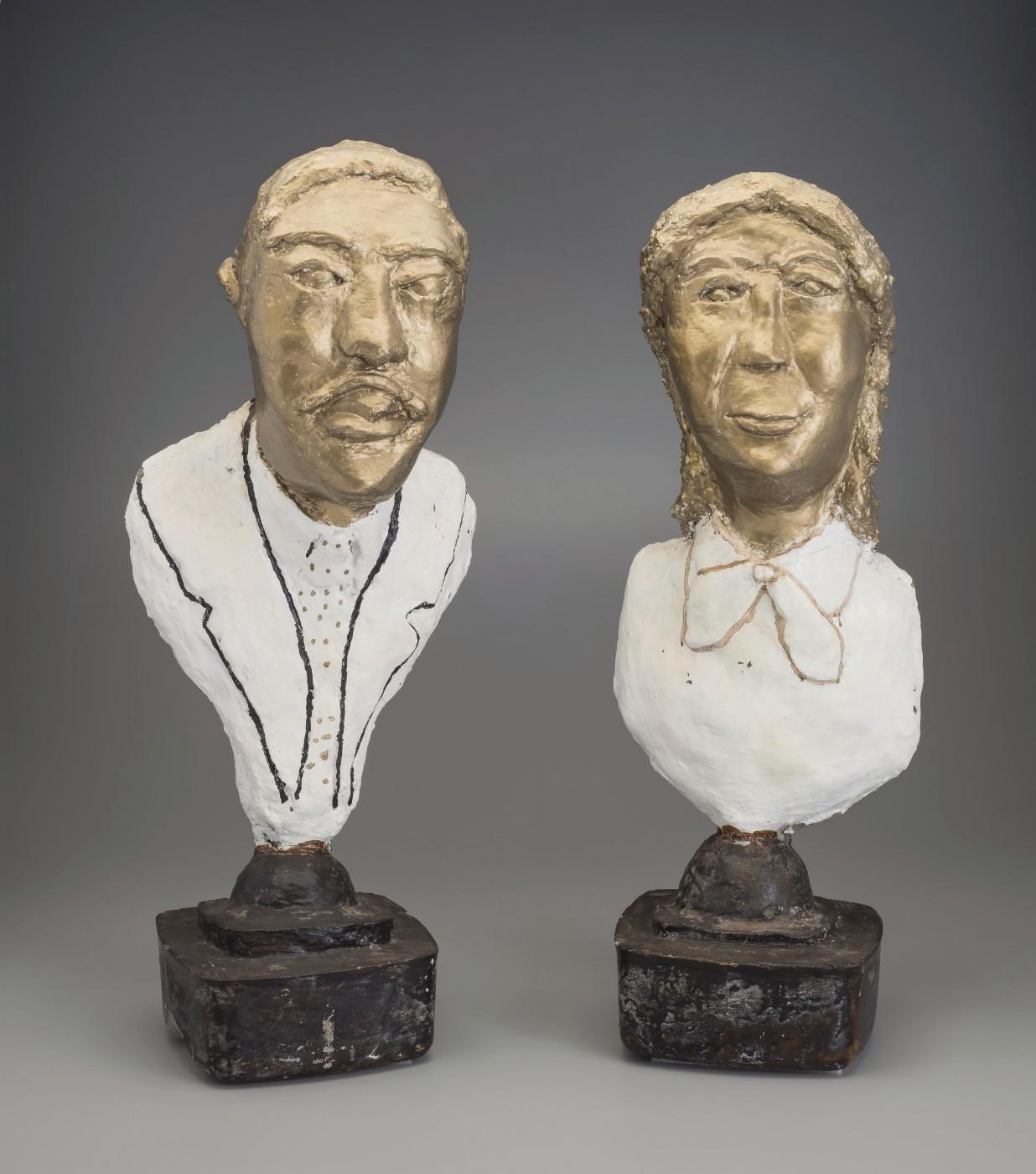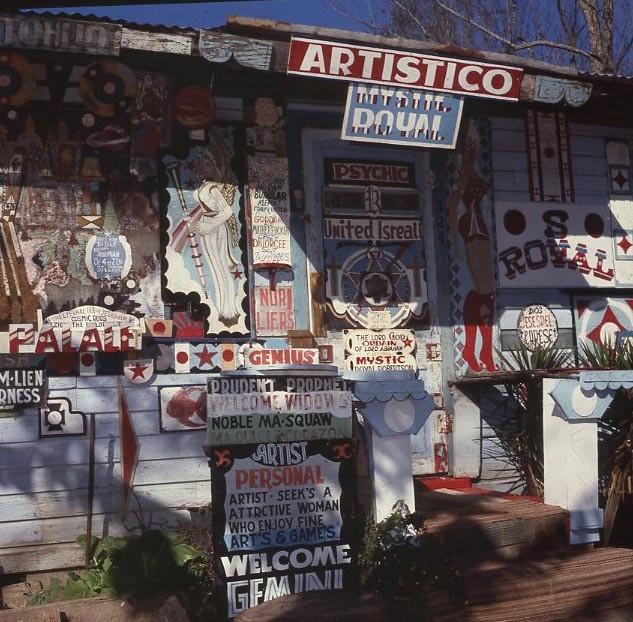“Way Out There: The Art of Southern Backroads” will span the first and second levels of the High’s Anne Cox Chambers Wing. The companion publication “Walks to the Paradise Garden: A Lowdown Southern Odyssey” will be published by Institute 193 in spring 2019 and will be available in the High’s Museum Shop.
Exhibition Organization and Support
“Way Out There: The Art of Southern Backroads” is organized by the High Museum of Art, Atlanta. This exhibition is made possible by Premier Exhibition Series Partner Bank of America; Exhibition Series Sponsors Delta Air Lines, Inc., and Turner; Premier Exhibition Series Supporters the Antinori Foundation, Sarah and Jim Kennedy, and Louise Sams and Jerome Grilhot; Benefactor Exhibition Series Supporter Anne Cox Chambers Foundation; Ambassador Exhibition Series Supporters Tom and Susan Wardell, and Rod Westmoreland; and Contributing Exhibition Series Supporters the Ron and Lisa Brill Family Charitable Trust, Lucinda W. Bunnen, Corporate Environments, Marcia and John Donnell, W. Daniel Ebersole and Sarah Eby-Ebersole, Peggy Foreman, Robin and Hilton Howell, Mr. and Mrs. Baxter Jones, and Margot and Danny McCaul. Generous support is also provided by the Alfred and Adele Davis Exhibition Endowment Fund, Anne Cox Chambers Exhibition Fund, Barbara Stewart Exhibition Fund, Marjorie and Carter Crittenden, Dorothy Smith Hopkins Exhibition Endowment Fund, Eleanor McDonald Storza Exhibition Endowment Fund, The Fay and Barrett Howell Exhibition Fund, Forward Arts Foundation Exhibition Endowment Fund, Helen S. Lanier Endowment Fund, Isobel Anne Fraser–Nancy Fraser Parker Exhibition Endowment Fund, John H. and Wilhelmina D. Harland Exhibition Endowment Fund, Katherine Murphy Riley Special Exhibition Endowment Fund, Margaretta Taylor Exhibition Fund, Massey Charitable Trust, RJR Nabisco Exhibition Endowment Fund, and Dr. Diane L. Wisebram.
About the High Museum of Art
Located in the heart of Atlanta, Georgia, the High Museum of Art connects with audiences from across the Southeast and around the world through its distinguished collection, dynamic schedule of special exhibitions and engaging community-focused programs. Housed within facilities designed by Pritzker Prize–winning architects Richard Meier and Renzo Piano, the High features a collection of more than 17,000 works of art, including an extensive anthology of 19th- and 20th-century American fine and decorative arts; major holdings of photography and folk and self-taught work, especially that of artists from the American South; burgeoning collections of modern and contemporary art, including paintings, sculpture, new media and design; a growing collection of African art, with work dating from pre-history through the present; and significant holdings of European paintings and works on paper. The High is dedicated to reflecting the diversity of its communities and offering a variety of exhibitions and educational programs that engage visitors with the world of art, the lives of artists and the creative process. For more information about the High, visit www.high.org.




